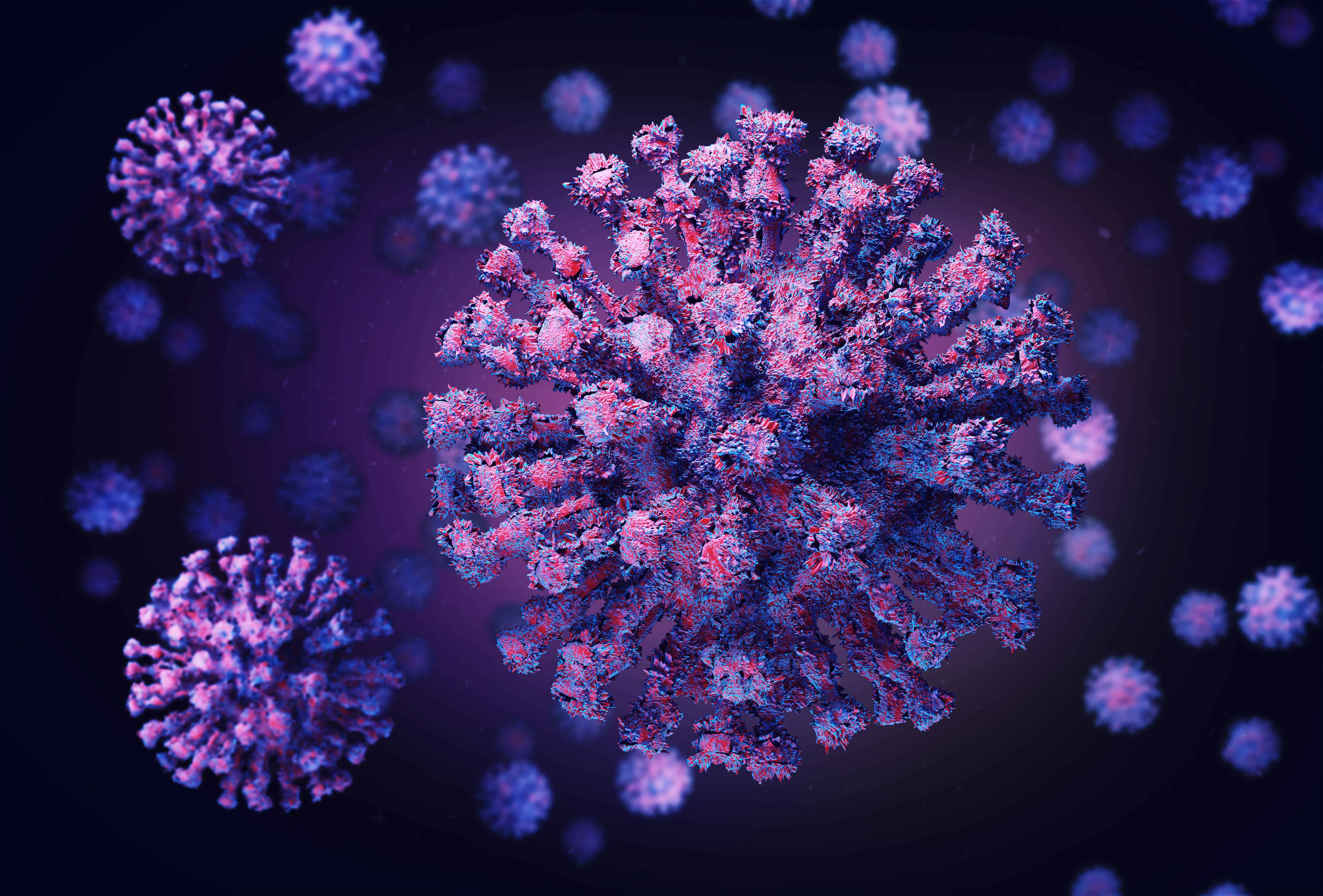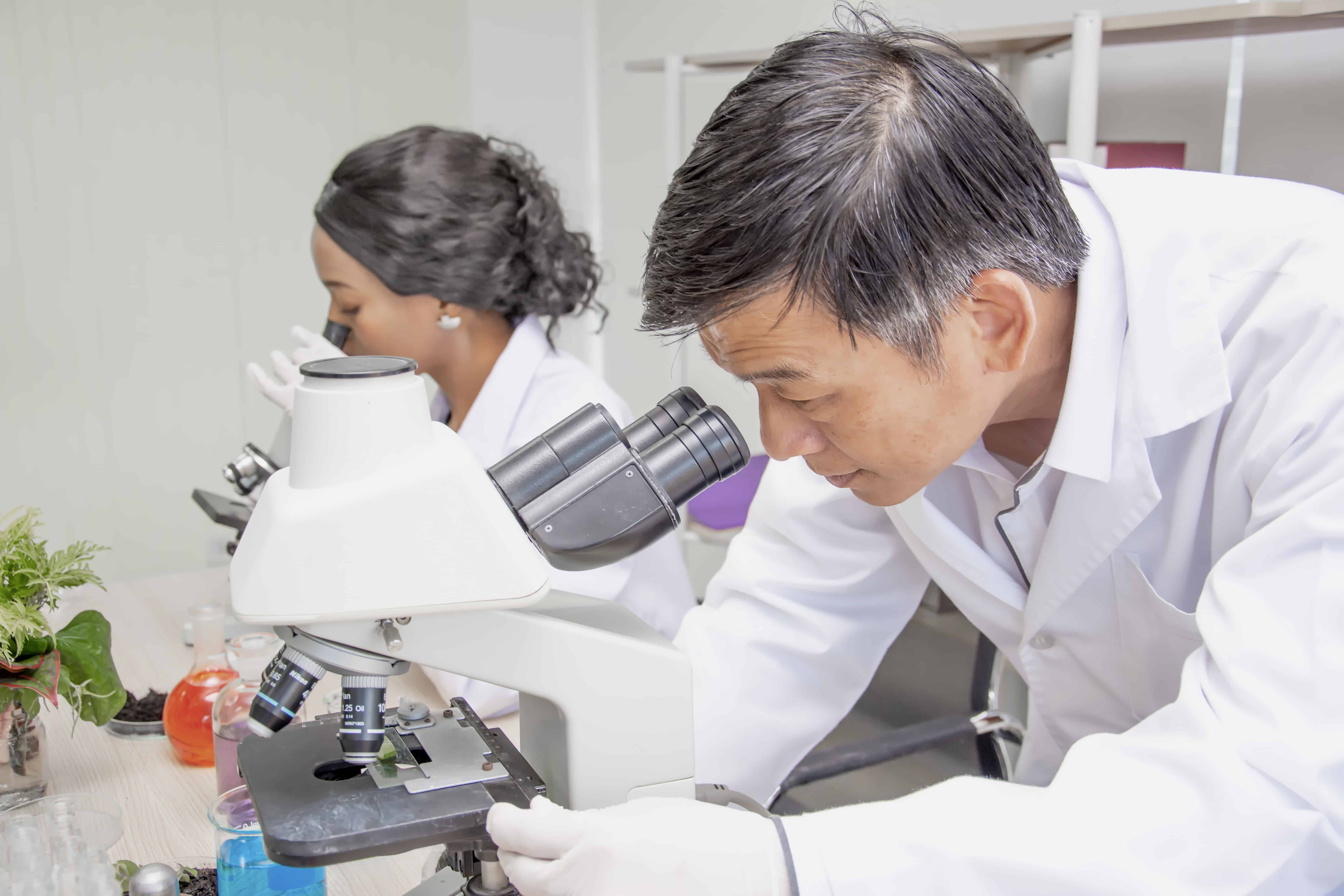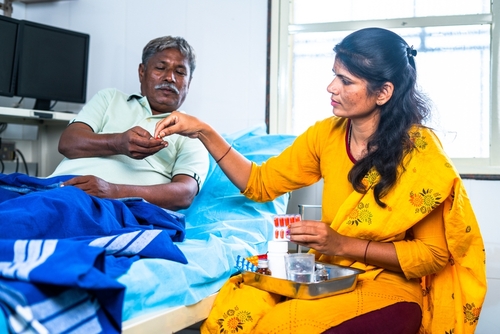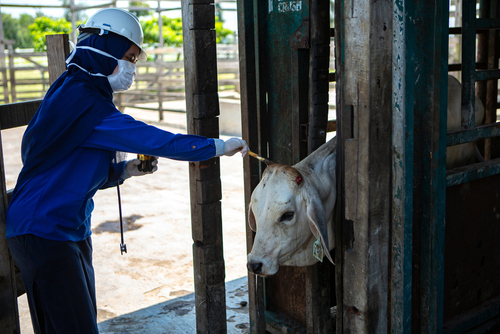October 12, 2020
COVID-19
COVID-19 patients are younger and healthier than influenza patients in an international network study. A cohort study based on electronic records from 34,128 COVID-19 patients hospitalized between December 2019 and April 2020 and 84,585 patients with influenza hospitalized in 2014-2019 in the US, South Korea, and Spain, revealed that COVID-19 patients were predominantly male, younger, and healthier. Furthermore, they had fewer comorbidities (heart disease, chronic obstructive pulmonary disease, and dementia) and lower previous medication use. The findings led the authors to suggest that in addition to protecting groups vulnerable to influenza, COVID-19 strategies need to be tailored to reflect the characteristics of individuals being hospitalized with COVID-19 [Nature]
Follow-up of adults with non-critical COVID-19 two months after symptoms’ onset. Researchers at Tours University Hospital in France conducted a prospective, 2 month follow up study (from the time of symptom onset), on 150 patients with non-critical COVID-19 and found that 68% and 66% of the patients reported at least one symptom at days 30 and 60, respectively. While the most persistent symptom was total or partial loss of taste/smell, other symptoms such as shortness of breath and fatigue were persistent in two-thirds of the patients, warranting for a prolonged medical follow-up of patients with COVID-19, despite their initial clinical presentation. [Clinical Microbiology and Infection]
Case series of multisystem inflammatory syndrome in adults associated with SARS-CoV-2 infection. Experts in the US identified cases of multisystem inflammatory syndrome in adults (MSI-A), according to a defined set of criteria of clinical symptoms including evidence of severe inflammation. The findings indicated that adult patients of all ages, with current or previous SARS-CoV-2 infection, could develop MSI-A and that, in contrast to adults with severe COVID-19, they had minimal respiratory symptoms. Furthermore, antibody testing was required to identify SARS-CoV-2 infection in approximately one-third of the 27 cases. Considering the small number of identified cases of MSI-A, the experts suggest that the working case definition should be continuously revised and that further research is needed to understand the pathogenesis and long-term effects of the condition. [MMWR]
Impact of COVID-19 response on global surgical volumes. An observational study assessing the impact of COVID-19 on global surgical volumes by using a location-linked anaesthesiology calculator mobile application (app) as a proxy, revealed a drastic reduction in app use just before, and following the declaration of a pandemic from WHO. Data from 100,099 users in 214 countries and territories revealed a 73.5% reduction in app use in 112 countries and strong correlations between COVID-19 case counts and app use reduction in low- and middle-income countries, but not high-income countries. While recovery of app use has been significant in high-income countries, for countries without adequate access to safe anaesthetic and surgical care at baseline, the burden has been worsened by the pandemic. [WHO Bulletin]
Barriers and facilitators of adherence to social distancing recommendations during COVID-19. A team of researchers from Calgary and Harvard Universities conducted a large, international, cross-sectional study investigating social distancing – related attitudes and behaviors of 2013 adults living mainly in North America and Europe from March 30 – April 16, 2020. Some of the most frequently reported barriers to social distancing included friends or family who need help (25%) and socializing to avoid loneliness (13%). While adherence to social distancing recommendations varied, the most frequently endorsed motivations involved the feeling of responsibility to protect self (84%) and others (86%), leading the authors to suggest that public health campaigns should continue to highlight compassionate attitudes towards social distancing. [PLOS One]
Drug Resistance and Global Health
Yaws re-emergence and bacterial drug resistance selection after mass administration of azithromycin. Researchers conducted a longitudinal study assessing the WHO strategy for yaws eradication using mass azithromycin treatment covering approximately 83% of the residents of Lihir Island in Papua New Guinea, and observed a rise in the number of cases from 0.1% (17 of 17 339), 18 months after treatment to 0.4% (51 of 18 836), at 42 months. Genomic analysis of the bacterial populations revealed that re-emergence was caused by at least three distinct lineages (one of which was resistant to azithromycin), implying that the sources were most likely people with latent infections and without symptoms, who didn’t receive the treatment. In light of these findings, the authors emphasized the need for careful surveillance, even after high coverage mass drug administration campaigns, to detect and swiftly treat any re-emergence of the infections. [The Lancet – Microbe]
Effects of restrictive-prescribing stewardship on antibiotic consumption in primary care in China. Assessment of monthly antibiotic consumption from 2012 to 2017 in the Hubei Province, China displayed an overall reduction (32%) in total antibiotic consumption, following restrictive-prescribing stewardship targeting antibiotic use in primary care. However, alongside a declining trend in the use of penicillins, cephalosporins, and macrolides/lincosamides/streptogramins, there was an increase in the use of third and fourth – generation cephalosporins. Despite an overall reduction in antibiotic use attributed to the intervention, there was an immediate increase in the ratio between broad- and narrow-spectrum antibiotic use (coefficient = 1.8747, P = 0.001), indicating that regulations targeting broad-spectrum antibiotic and parenteral antibiotic use, are urgently needed. [Antimicrobial Resistance and Infection Control]
Drug Resistance Spread in 6 Metropolitan Regions, Germany, 2001–20181. A cohort study combining phylogenetic analysis of gene sequences (pol sequences) from 1,397 HIV-1 antiretroviral therapy-naive patients and clinical and sociodemographic data to investigate patterns of drug resistance mutations (DRM) in 6 metropolitan regions in Germany, revealed an overall 17.8% prevalence of DRMs variating across the different regions. The most frequently shared DRM was K103N, a mutation that leads to reduced susceptibility to first-generation drugs such as nevirapine and efavirenz. The study also revealed several mutations indicating resistance to preexposure prophylaxis (PrEP). Overall, the findings warrant for continuous monitoring of HIV infections with these DRM mutations and designing of alternative PrEP among high-risk PrEP users in regions of high resistance. [Emerging Infectious Diseases]
HIV Coinfection Is Associated with Low-Fitness rpoB Variants in Rifampicin-Resistant Mycobacterium tuberculosis. A genomic analysis of 312 isolates collected from HIV-coinfected and HIV-negative TB patients from nine countries with a high TB burden, revealed that rifampicin-resistant M. tuberculosis strains with low fitness were overrepresented among HIV-coinfected TB patients as compared to HIV uninfected patients (72.3% vs. 51.4%); the odds ratio for having a low-fitness rpoB variant in HIV-coinfected patients was 2.46 [95% CI 1.30 to 4.66]. These findings demonstrate that in the context of reduced host immunity, strains with low fitness may be able to survive and proliferate efficiently explaining the impact of HIV co-infection on the fitness of drug-resistant TB. [Antimicrobial Agents and Chemotherapy]













